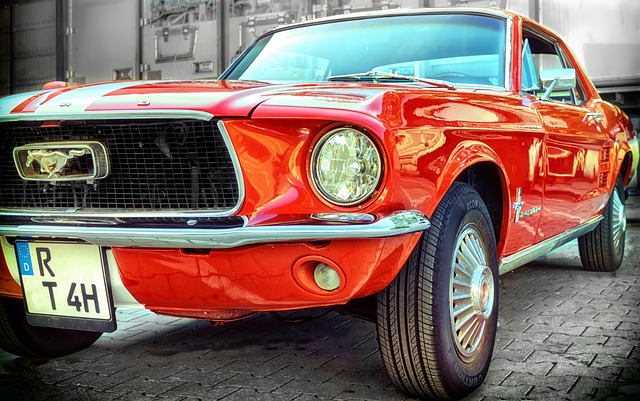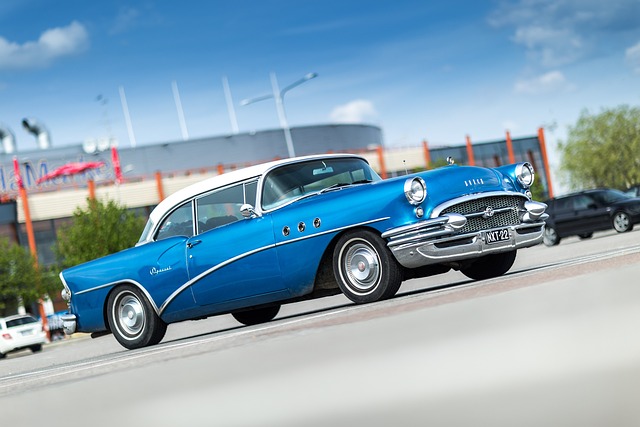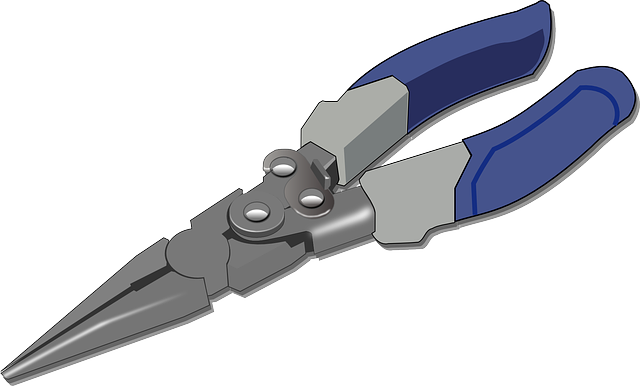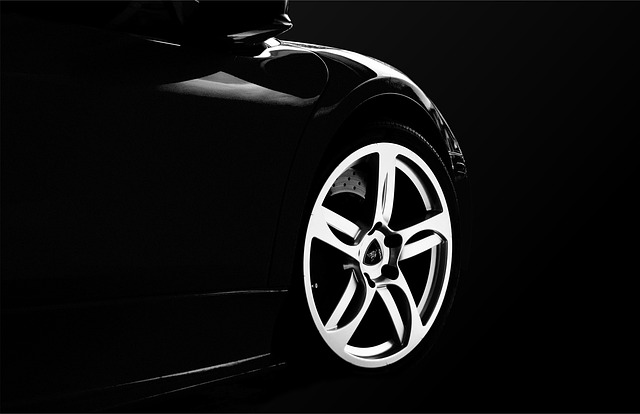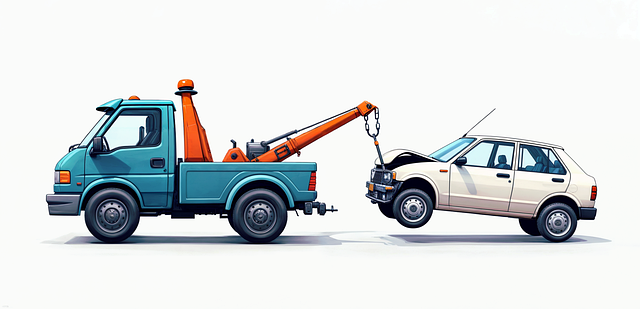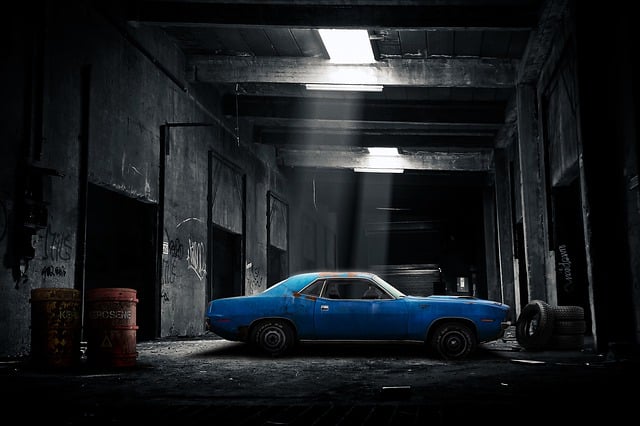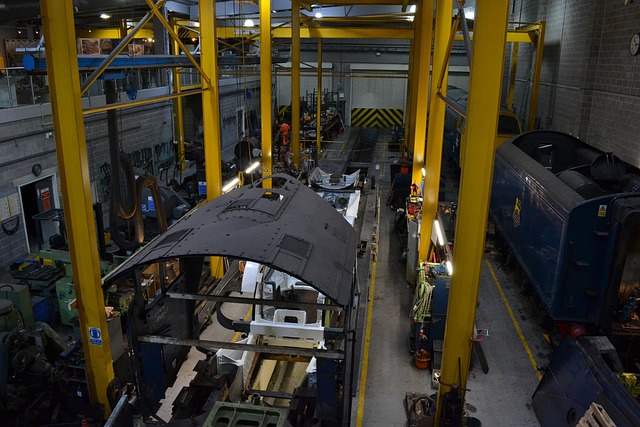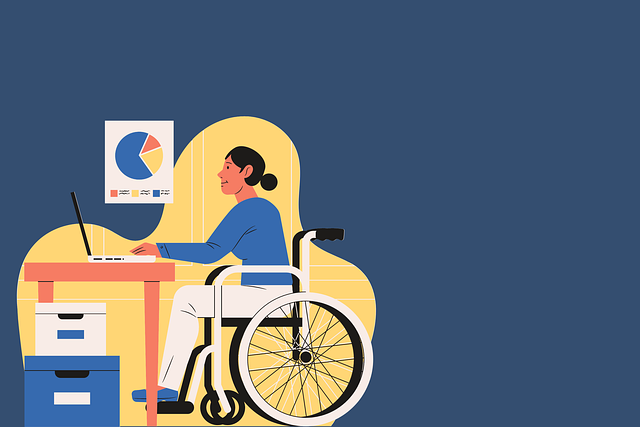The cooling system, vital for vehicle safety and performance, maintains engine temperature through liquid coolants and components. After accidents, proper cooling system maintenance alongside bumper repair and auto body painting is crucial. 'Cooling system collision repair' emphasizes the interdependence of this system with electrical components, influencing overall vehicle efficiency and longevity. Collision repair specialists address both cooling system repairs and body damage, troubleshooting electrical issues to prevent future complications and ensure safe, optimal vehicle operation.
In today’s world, understanding the intricate link between a vehicle’s cooling system and electrical system is crucial for efficient maintenance. This symbiotic relationship often goes unnoticed until issues arise, leading to costly repairs. This article delves into the fundamental aspects of cooling systems and their vital role in keeping vehicles running smoothly. We explore how these systems intersect with electricity, shedding light on common problems and necessary collision repairs. By understanding this connection, drivers can ensure optimal vehicle performance.
- Understanding Cooling System Basics and Their Role in Vehicles
- Exploring the Connection Between Cooling Systems and Electrical Systems
- Common Issues and Repairs: When Cooling Collides with Electricity
Understanding Cooling System Basics and Their Role in Vehicles
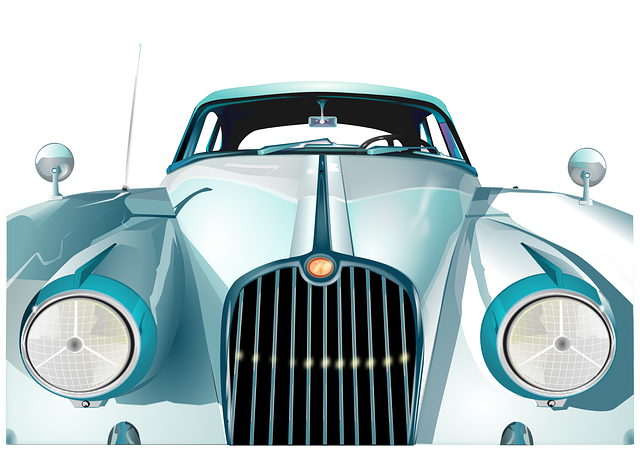
The cooling system is a vital component in any vehicle, playing a crucial role in maintaining optimal engine temperature. This system uses a combination of liquid coolant and components like radiators, fans, and thermostats to regulate heat dissipation. Understanding the basics of how it functions is essential for anyone considering car repair services, as issues within this system can lead to severe consequences if left unattended.
A well-functioning cooling system ensures that the engine stays cool during operation, preventing overheating which could cause significant damage. In the event of a collision or accident, proper cooling system maintenance becomes even more critical. Bumper repair and auto body painting might be on the agenda following a crash, but if the cooling system is compromised, it can lead to further complications. Therefore, when addressing vehicle repairs, especially after an incident, giving due attention to the cooling system is paramount to ensuring safe and efficient driving.
Exploring the Connection Between Cooling Systems and Electrical Systems
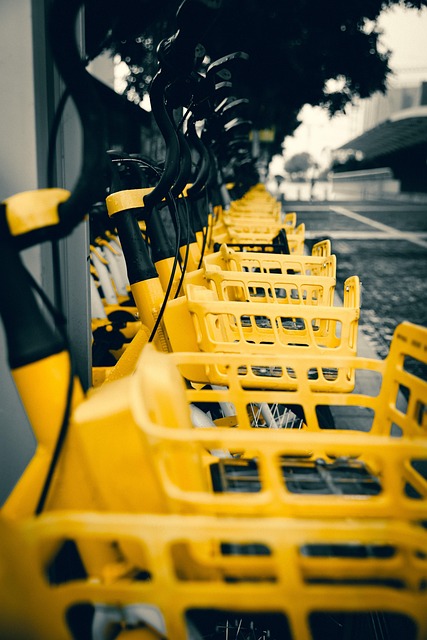
The connection between a vehicle’s cooling system and electrical system is often overlooked, yet it plays a pivotal role in overall car performance and longevity. A well-functioning cooling system ensures optimal engine temperature, which directly impacts the efficiency of various components, including electrical systems. When these systems work in harmony, the vehicle runs smoothly, but their collision or malfunction can lead to a cascade of issues.
In modern cars, electric components are increasingly integrated into both cooling and electrical systems. For instance, electric water pumps are common substitutes for traditional mechanical ones, while advanced sensors regulate engine temperature. Moreover, with the rise in electric vehicles (EVs), the importance of these interconnections is amplified. As such, when a cooling system collision repair occurs, it’s not just about fixing leaks or replacing parts; it often involves intricate electrical repairs and adjustments to maintain the delicate balance between these interconnected systems, including essential tire services and car paint repairs for damage resulting from thermal stress.
Common Issues and Repairs: When Cooling Collides with Electricity
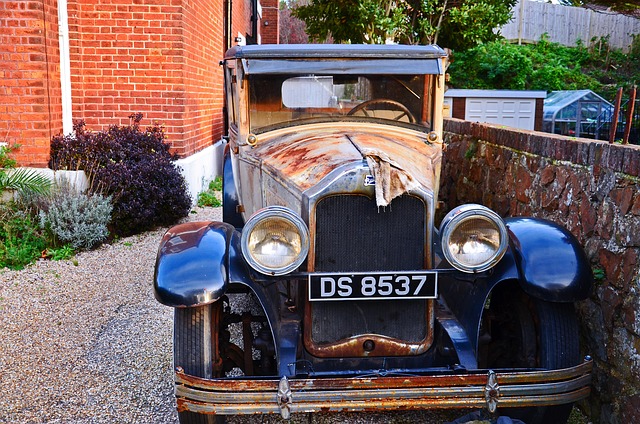
When a cooling system meets an electrical system, it can create unexpected challenges that lead to repairs. Common issues arise from the interconnectedness of these systems, especially in modern vehicles where advanced cooling mechanisms rely on electric components for operation. A malfunction in either system can cause a domino effect, affecting performance and potentially leading to safety hazards. For instance, a malfunctioning coolant pump might overheat the engine, causing damage to electrical sensors and connectors.
In such cases, collision repair specialists often step in. They address both the cooling system collision repair and vehicle body repair, ensuring the car is restored to its optimal condition. Auto body repair experts inspect for damaged parts, including fenders, radiators, and surrounding components, while also troubleshooting electrical issues. Efficient collaboration between these professionals guarantees that not only is the external vehicle body repaired but also the intricate relationship between cooling and electricity is restored, preventing future complications.
The intricate relationship between a vehicle’s cooling system and electrical system highlights a critical aspect of automotive maintenance. Understanding this connection is essential for addressing potential issues, such as strange noises, overheating, or unexpected electrical failures. Regular checks and prompt repairs, especially when dealing with a cooling system collision repair, can prevent more serious problems and ensure the safety and reliability of your vehicle. By keeping these systems in harmony, drivers can enjoy smoother rides and avoid costly, unforeseen breakdowns.


